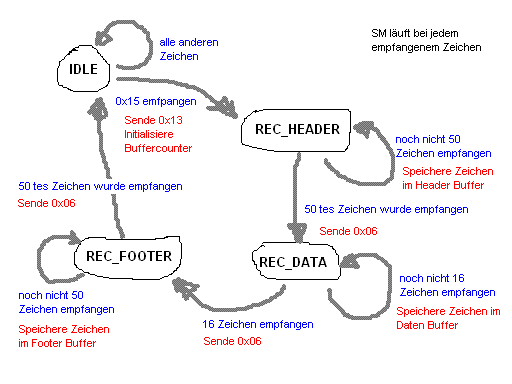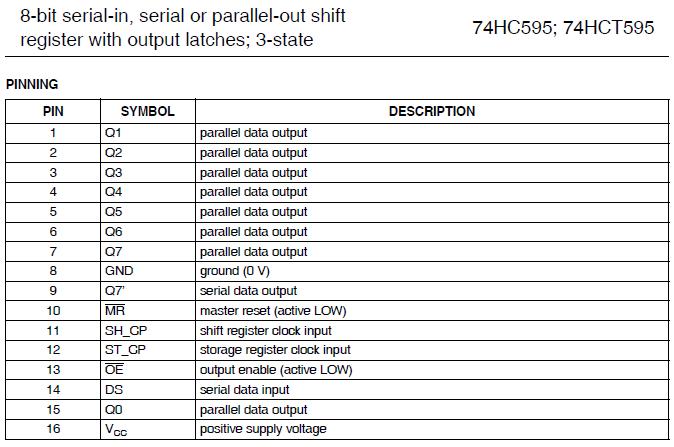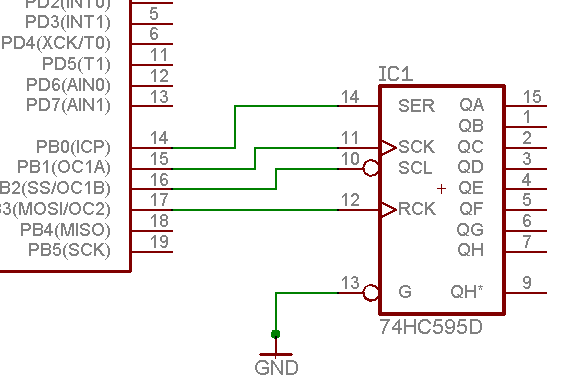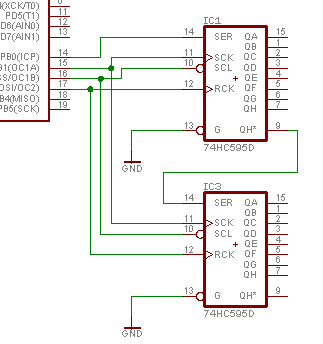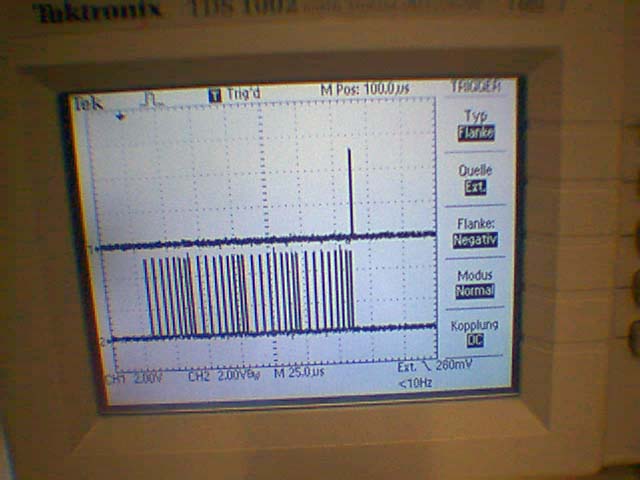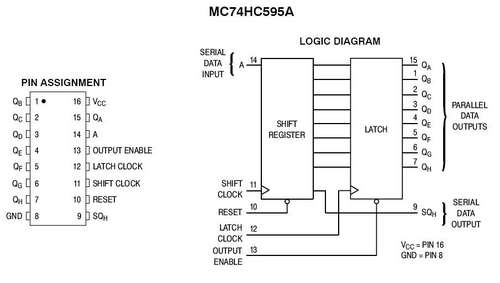Zustandsautomat odetr Stamaschine = ST-- UART Konzept
http://de.wikipedia.org/wiki/Endlicher_Automat
http://www.mikrocontroller.net/articles/Statemachine
das Prinzip ist, dass du mit jedem empfangenen Byte guckst, was du
damit anfangen kannst. Wenn dieses Byte dazu führt, dass du
(basierend auf dem aktuellen Zustand des Automaten) einen bestimmten
Abschnitt des Headers jetzt erkannt hast, dann schaltet der
Automat weiter und guckt, was danach kommt. Auf diese Weise
hangelt man sich Stück für Stück weiter. Wenn irgendetwas
unerwartetes im Datenstrom ankommt, bricht der Zustandsautomat
(so der offizielle deutsche Name) ab und fällt auf den Grundzustand zurück.
